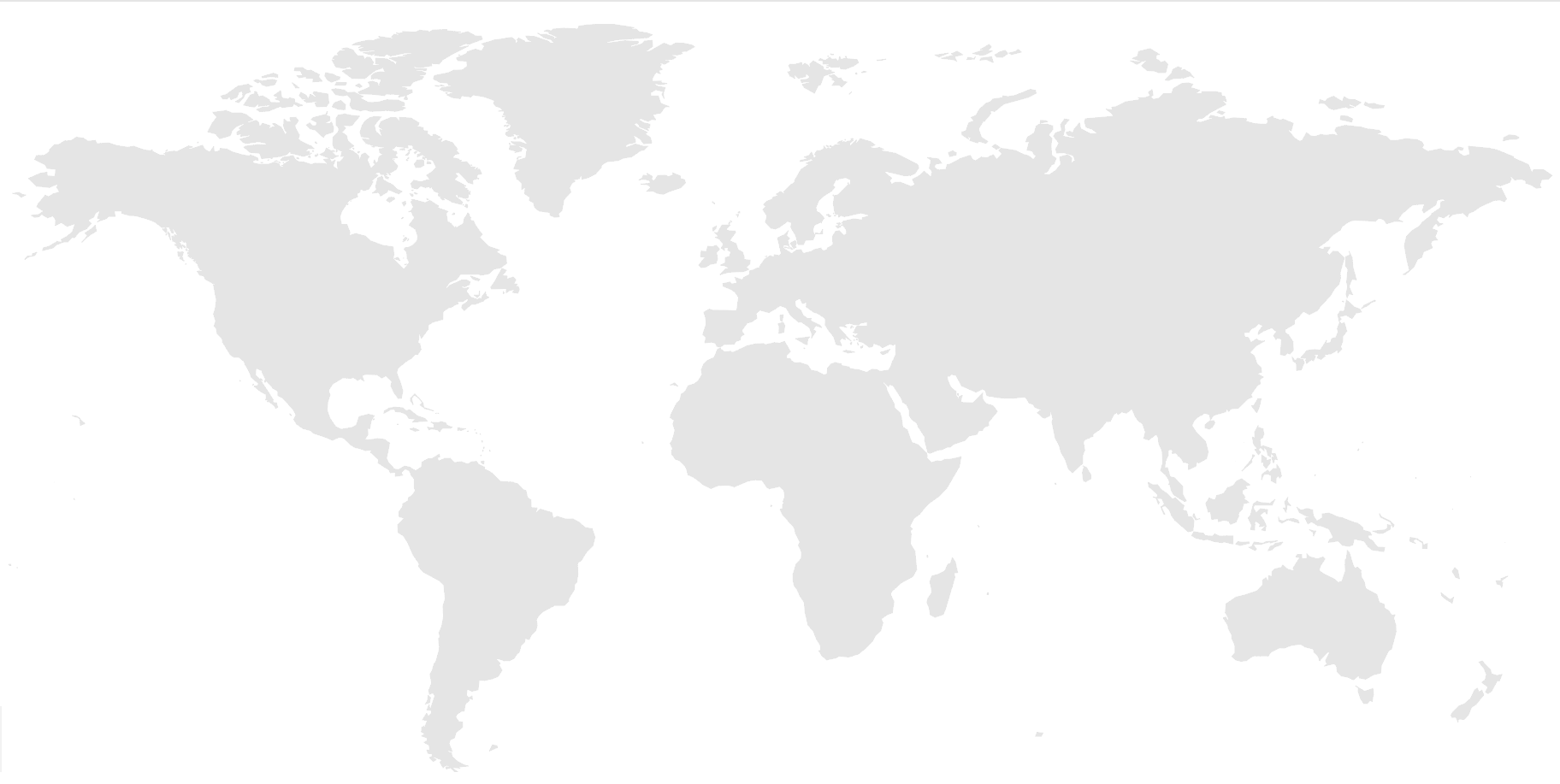Locally led action catalyzes adaptation and enhances resilience for the Hanzila community in Zambia.
In 2024, the El Niño-induced drought severely impacted more than one million farming families, threatening food and nutrition security and livelihoods in Zambia. With approximately 90% of cultivation being rainfed, smallholders are particularly vulnerable to drought. The CGIAR Initiative on Climate Resilience (ClimBeR) and partners utilized a multi-pronged approach that includes a drought management tool, a polycentric governance framework, and a solar-powered borehole to help Hanzila’s Tonga community locally manage and buffer against the devastating impacts of drought.
Zambia is no stranger to drought, having experienced it every 4 to 5 years since the late eighties. Small-scale farmers make up almost 80% of the population, and with almost 90% of cultivation in the country being rainfed, smallholders are particularly vulnerable to drought. In 2024, the El Niño-induced drought severely impacted more than one million farming families, threatening food and nutrition security and livelihoods.
Locally led climate action has emerged as a critical approach to addressing climate-related challenges at the grassroots level. ClimBeR, through its Locally Led Climate adaptation ChampION (ACTION) program, utilized a multi-pronged approach to help the Indigenous Tonga community in Zambia’s Southern Province buffer against the devastating impacts of climate disaster by improving food and nutrition security and livelihoods through access to sustainable water solutions.
In 2023, the Initiative launched the Zambia Drought Management System (ZADMS) in collaboration with Accelerating Impacts of CGIAR Climate Research for Africa (AICCRA) and Digital Innovation for Water Secure Africa Initiative (DIWASA). ZADMS provides critical information to help national agencies manage drought. Using ZADMS, the Ministry of Agriculture in Zambia was able to identify recurring areas of drought for contingency plans and is presently formalizing the national drought action plan for medium to long-term drought resilience. Local government, communities, and farmers were then prioritized through a consultative process, and the Indigenous Tonga community in Hanzila, in the Monze district of Southern Zambia, was identified as an intervention site for strengthening communities’ capacities to adapt to climate change.
ClimBeR developed a polycentric governance framework that was analyzed and evaluated in conjunction with local communities. Community members identified the need for sustainable water solutions as a priority during initial conversations with ClimBeR researchers and partners. The framework was then put into practice through a participatory process that involved multiple stakeholders, from local government to community organizations, who co-designed adaptation solutions and pathways in setting up a solar-powered borehole to provide year-round access to water for climate action.
The solar-powered borehole benefited the Tongan community households by providing access to clean water for multiple uses, including drinking water, water for irrigation, and water for livestock. The increased access to water enabled the irrigation of high-value crops such as melon, tomatoes, cabbage, leafy vegetables, and eggplant, providing the community with both nutritional and economic benefits. The move away from monoculture has also meant greater resilience of livelihoods due to non-reliance on a single crop while improving equity as women in the community no longer travel long distances to collect water. The improved capacity to grow and take high-value crops to market also provides alternate livelihood opportunities for middle-aged to older women in the community while increasing their income.
Water, therefore, is the clear entry point for climate-resilient development. Today, there are nine different field plots in Hanzila, and its women have self-organized and established a solar irrigation community for themselves, which helps them earn an income and meet other community welfare needs.
ClimBeR works to build smallholder resilience through science in action that transforms the adaptive capacity of food, land, and water systems. This locally led adaptation approach, together with the importance of vertical and horizontal polycentric governance, demonstrates the crucial role of water resilience in food systems development, economic growth, and community resilience. The results highlighted in this story are an example of how CGIAR conducts and implements research in collaboration with not just local government but local communities alike. Initiatives such as this lead to sustainable impact due to empowered local communities who have greater agency to drive those very decisions that affect their lives and livelihoods.
“Our hope is that the ZADMS system, developed at the national level, will also be embraced by the provinces to monitor potential droughts in their regions. It’s an open-access tool—readily available to anyone—so it can be used to support and safeguard our farming communities,”
Chrispin Moyo, Principal Mapping – Ministry of Agriculture, Zambia.
Feature image: A solar-powered borehole in the Hanzila community of the Monze District in Southern Zambia aims to help local communities mitigate disaster risk and help change lives. Photo credit: ClimBeR.






